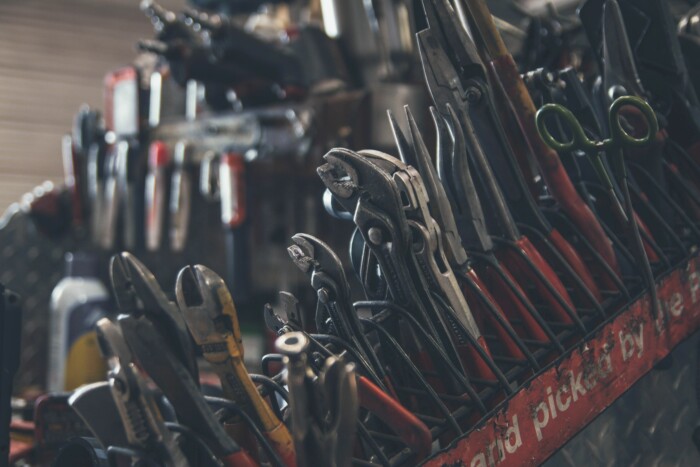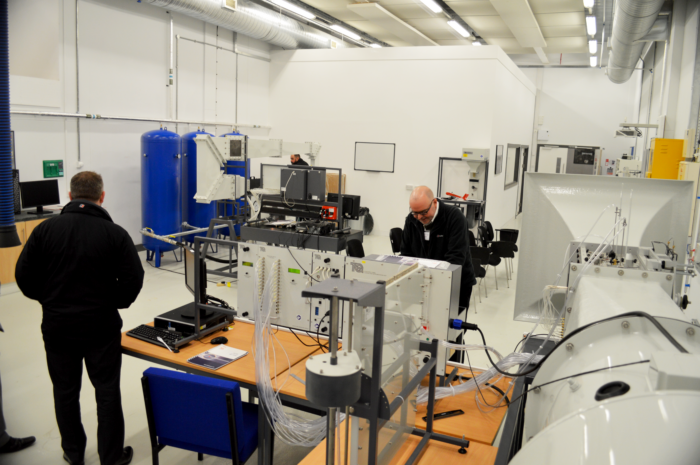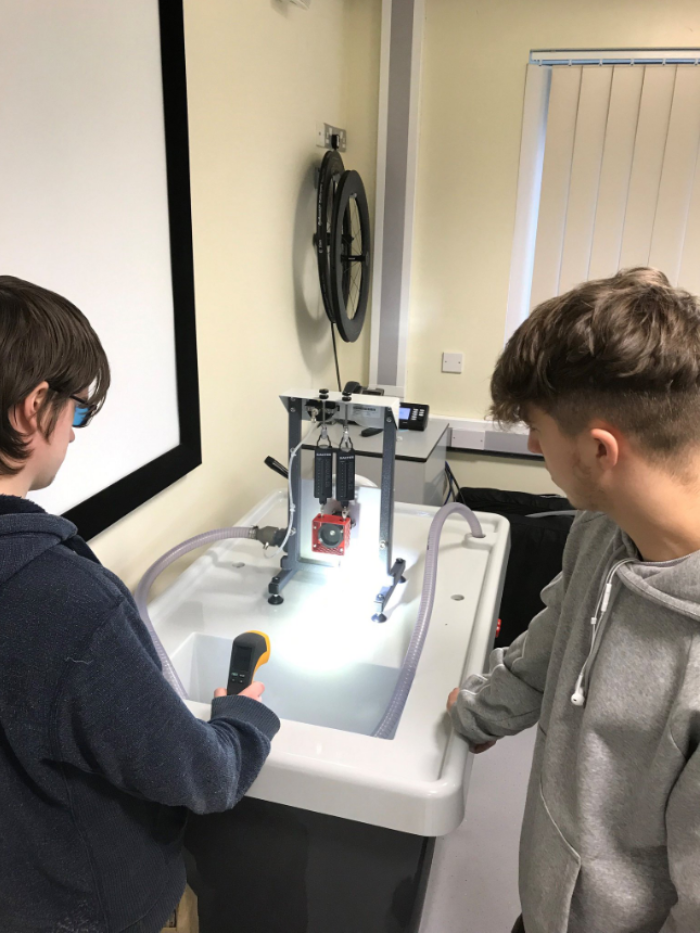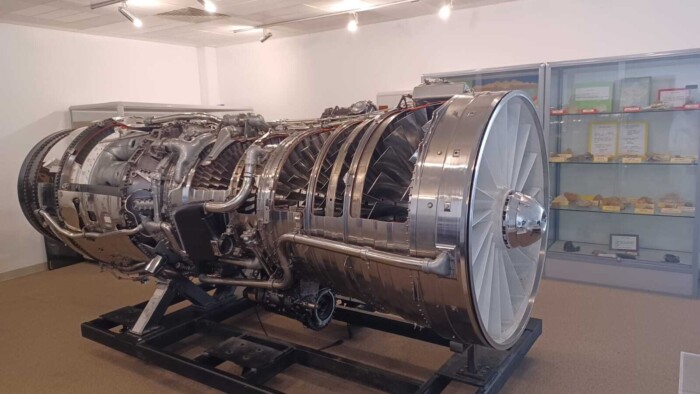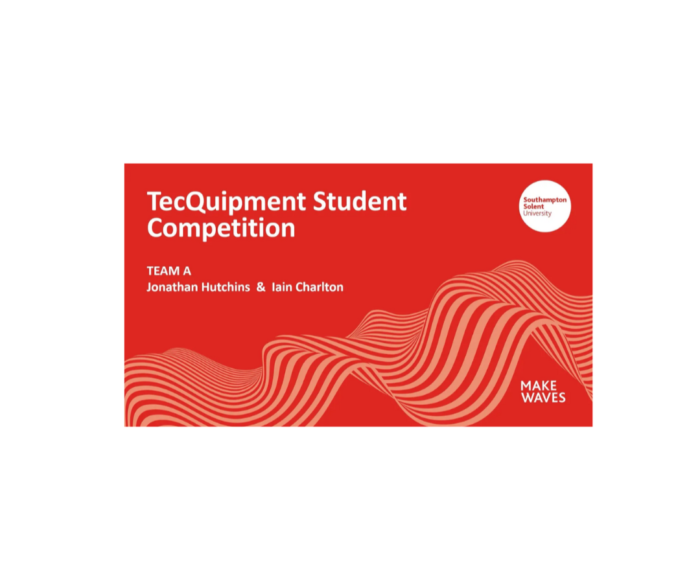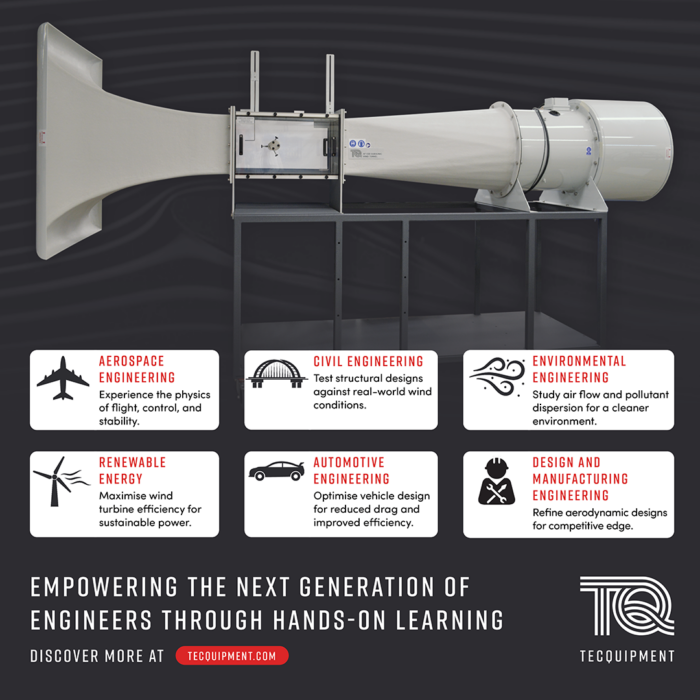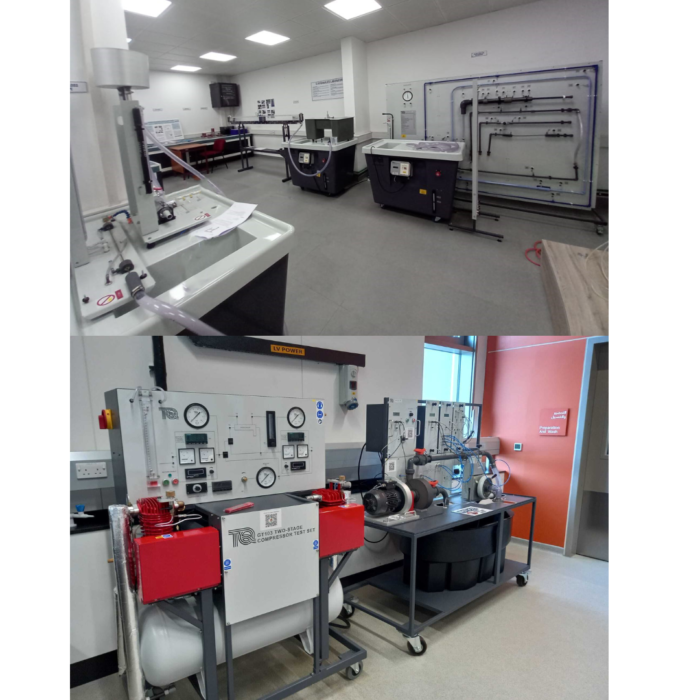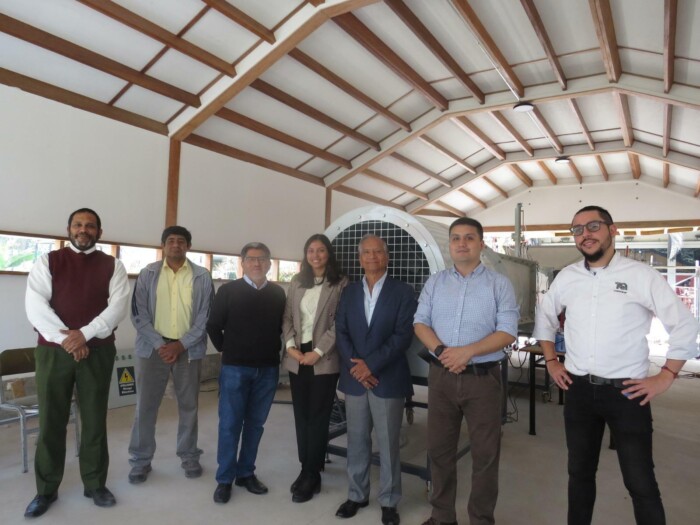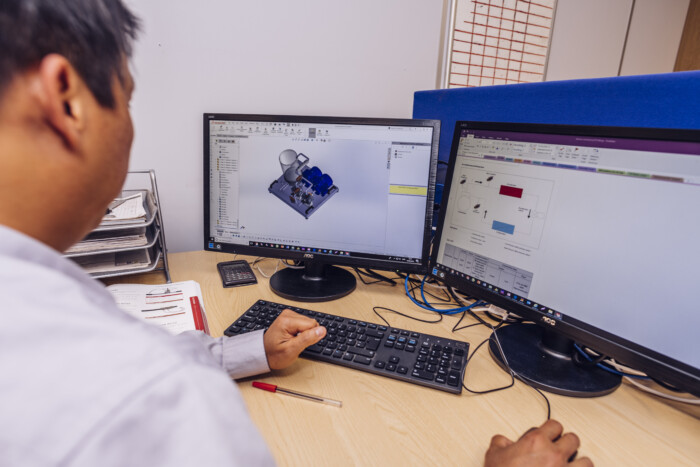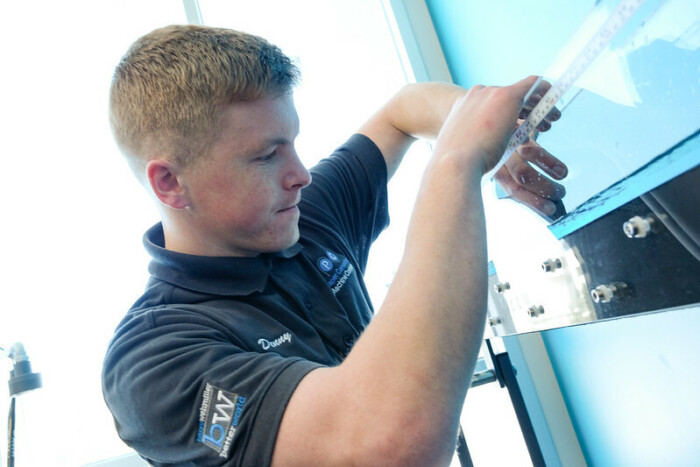This blog post has been written by TecQuipment’s Peter Mumford, who shares his knowledge and passion for sports science with an engineering perspective.
Introduction
To increase elite runners’ performance, carbon fibre plates are increasingly being put into the midsole of running shoes, with evidence correlating with claims to shave minutes off an average runner’s marathon time.
Carbon Fibre in Running Shoes
Carbon fibre (CF) can refer to the complex composite material of carbon atoms with a polymer base such as polyacrylonitrile (PAN) [1] to form a carbon fibre reinforced polymer (CFRP). Carbon must comprise of 92-99% of the total weight and typically measures between 5-10 micrometres in diameter. The material boasts relatively high tensile strength as well as a high Young’s Modulus, the stiffness that is determined by the ratio of tensile strength to tensile strain:

CF is commonly used in civil engineering, aviation and automotive industries based on its specific strength, a strong material for a relatively light mass. Different composites and structures can yield differing qualities and therefore can be tailored to the exact purpose of its use.
Over the past 30 years CF has trickled down into sporting products implementation, with Nike popularising and refining the use of a CF-plated running shoe (Nike Vaporfly 4%), embedding CF within the foam midsole. The sportswear manufacturer claimed that runners of all abilities could receive a 4% reduction in energetic cost for the same running speed [2], linearly correlating with performance improvement. 3% of this came from a revolutionary new foam technology whilst the CF-plate was thought to contribute to a 1% reduction in energetic cost by increasing the longitudinal bending stiffness. Whilst a plate reducing energetic cost by 1% seems trivial, over the course of a marathon this could translate to shaving minutes off a personal best.
The plate spans the entire length of the shoe with curvature at the front to support the natural biomechanical principles of running at the forefoot. CF within running shoes consists of a high modulus as the plate aims to remain rigid, instead of flexing, when running. CF plates involve increasing energy return through the runner’s gait cycle based on the energy storage mechanism it creates. The plate and midsole foam aim to provide high compliance (compression under force), stabilising the joints and protecting the working muscles, whilst also possessing high resilience (greater stored mechanical energy). A reduction in energetic cost and increased protection would allow a runner to delay the onset of fatigue and therefore significantly improve performance towards the latter stages of a marathon.
Various peer-reviewed studies [3] [4] correlate with said percentile improvements in the laboratory. The release of CF-plated shoes heralded an increase in record-breaking runs, such as the historic breaking of the two hour marathon barrier by Eliud Kipchoge in 2019, wearing a successor to the infamous Nike shoe. In the masses, qualification times for major global marathons have become quicker, reflecting the pool of recreational runners adopting the shoes now commercially available.
Poor fatigue limit is the primary physical issue with CF plates; it can be difficult to predict the point of fatigue because of individual factors such as the runner’s biomechanics. But due to the high impact nature of running, where approximately 2 - 2.9 times body weight ground reaction force is exerted every stride [5], it is projected CF–plated shoes can lose their spring effectiveness at approximately 100 miles of total usage.
The concept of carbon fibre plates in shoes is not entirely novel, with podiatrists prescribing them as a means to maintain rigidity at the ankle joint. Yet for enhanced performance, this innovation polarises the running community [6], creating contentious debate whether such implementation should exist in a sport which at a recreational level has thrives off simplicity and purity. Some claim it provides an unfair advantage through acting as a spring, similar to past debates surrounding amputee runners using carbon fibre prosthesis, whereas some champion such innovation or others refute the performance enhancements entirely. Accessibility to CF-plated technology is limited based on high expense and Nike’s patents preventing other sponsored athletes from utilising such technological innovation. Whether performances in CF-plated running shoes will be separately classified or even banned from competitive running in the future remains to be seen.
Carbon Fibre Testing using TecQuipment’s Materials Testing and Properties Range
TecQuipment produce the Materials Testing and Properties range of teaching equipment which can be used to test the various properties of materials such as carbon fibre. This includes:
- Universal Testing Machine (SM1000) for carrying out destructive and non-destructive material tests.
- Stiffness – Bending and Torsion (TE16) for understanding the stiffness in bending of different CF composites with the same cross-section, enabling a variety of investigations into material stiffness including Young’s modulus.
Related to this, TecQuipment also provides the option to study composite materials in beams and struts, whether that is bending and flexing or elastic collapse or crippling. Watch more in this video:
COMPOSITES LAUNCH VIDEO TO GO HERE
References
[1] Huang X. (2009). Fabrication and Properties of Carbon Fibers. Materials, 2(4), p.2369–2403. [Accessed 14th February 2019]
[2] Hoogkamer, W., Kipp, S., Frank, J.H. et al. (2017). A Comparison of the Energetic Cost of Running in Marathon Racing Shoes. Sports Med (48) p.1009-1019. [Accessed 14th February 2019]
[3] Hunter I, McLeod A, Low T, Valentine D, Ward J, Hager R. Running economy and marathon racing shoes. Rochester: American Society of Biomechanics; 2018. [Accessed 14th February 2019]
[4] Barnes KR, Kilding AE. (2018) A randomized crossover study investigating the running economy of highly-trained male and female distance runners in marathon racing shoes versus track spikes. Sports Med. 9-018-1012-3. [Accessed 14th February 2019]
[5] Nilsson J. and Thorstensson A. (1989) Ground reaction forces at different speeds of human walking and running. Acta Phsyiol Scand (136) p.217-227. [Accessed 14th February 2019]
[6] The Guardian (2018) Nike’s lightning shoes hint at power of technology to skew elite competition https://www.theguardian.com/sport/2018/jul/22/nike-shoes-vaporfly-sport [Accessed 14th February 2019]
Roy J.P., Stefanyshyn D.J. (2006). Shoe midsole longitudinal bending stiffness and running economy, joint energy, and EMG. Med Sci Sports Exerc. (38) p.562–569. [Accessed 14th February 2019]
Newcomb B. and Chae H., (2018). The Properties of Carbon Fibers Handbook of Properties of Textile and Technical Fibres (Second Edition) (2) p841-871. [Accessed 14th February 2019]
Wired [2019] The Science behind Nike’s new, even faster marathon shoe https://www.wired.com/story/the-science-behind-nikes-new-vaporfly-next-marathon-shoe/ [Accessed 14th February 2019]

